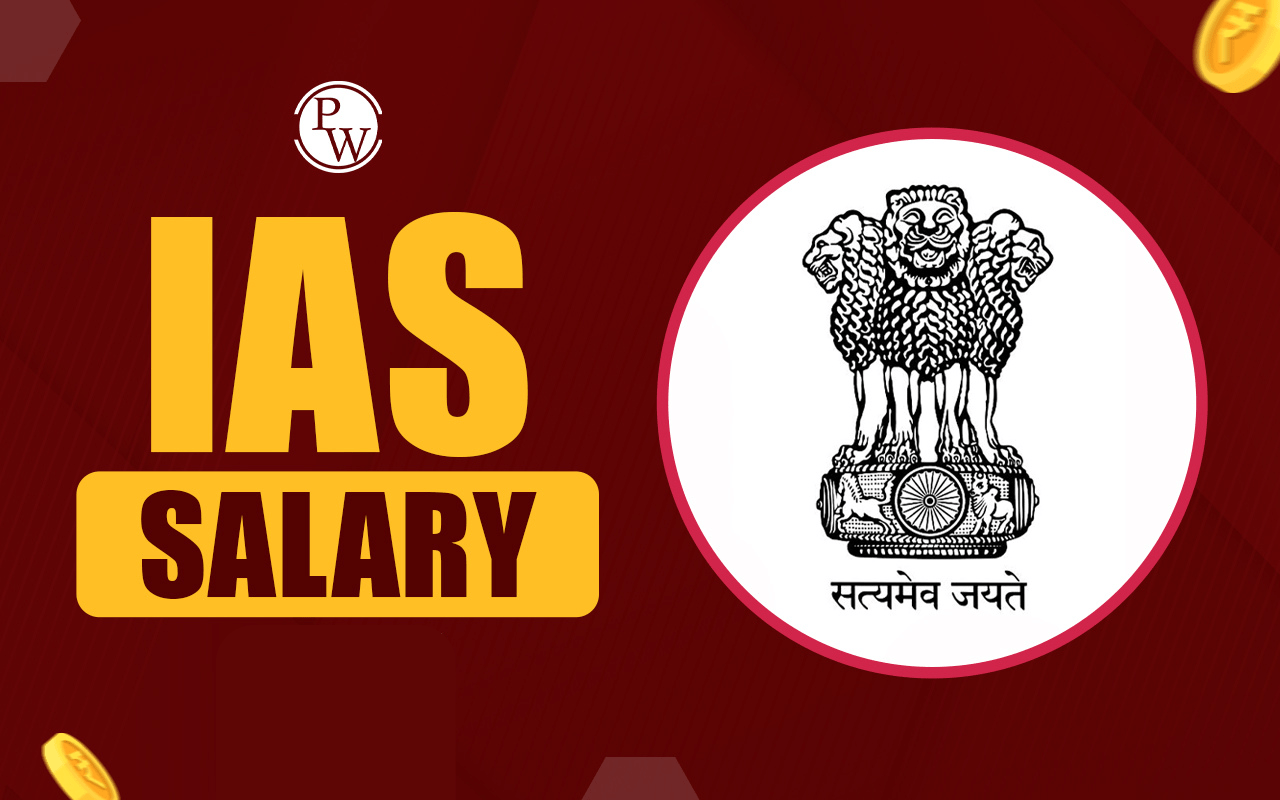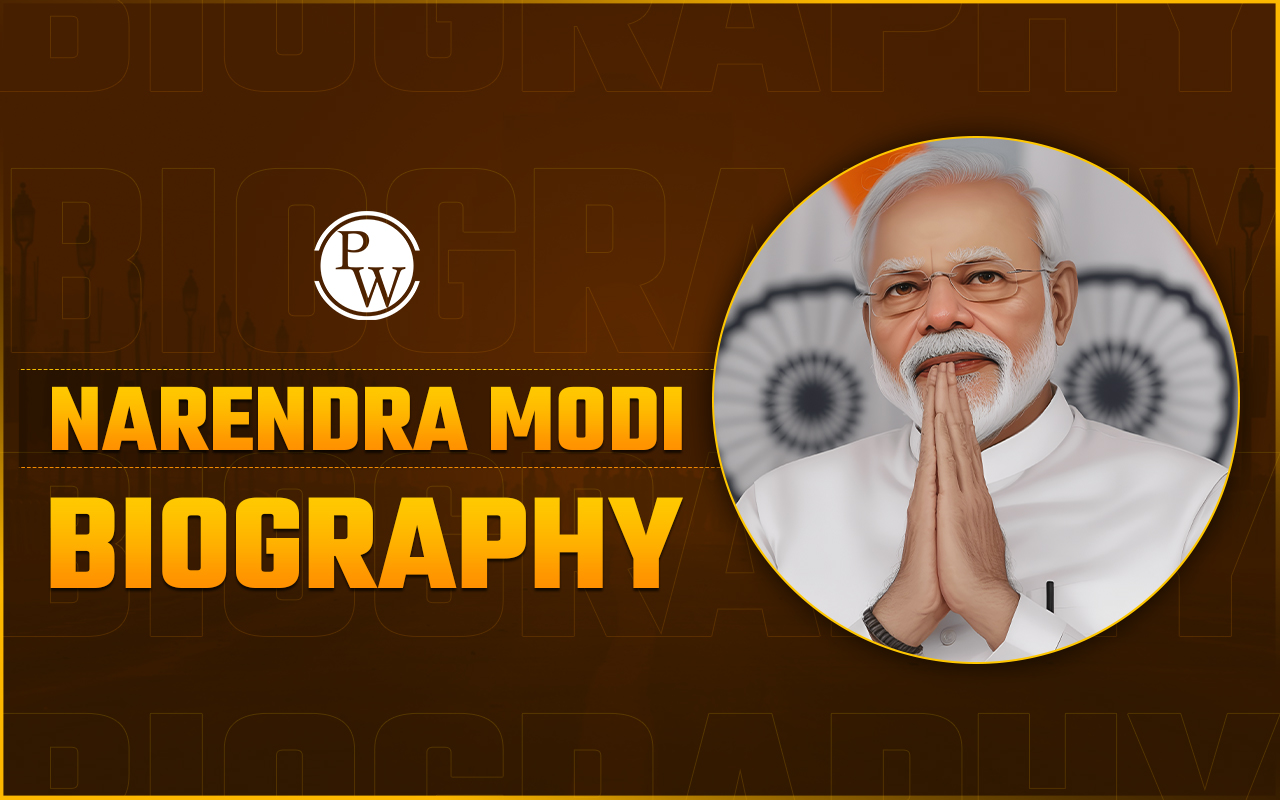
Missiles of India : Over the years, India has made substantial progress in missile technology, producing a wide range of advanced missiles capable of performing various military functions. With advancements like testing indigenous long-range hypersonic missile , India has joined global leaders like the US, Russia, and China.
The missiles of India serve as a key component of the nation's defense strategy. These missiles enhance India's ability to safeguard its borders, project military power, and maintain national security. Keep reading to know the history, types, and range of missiles of India!Indian Missile Program
India's missile development journey began in the 1960s , with the formation of the DRDO and the establishment of the Indian Space Research Organisation (ISRO), which laid the foundation for missile research. The first significant breakthrough came with the establishment of the Integrated Guided Missile Development Program (IGMDP) in 1983, under the leadership of Dr. A.P.J. Abdul Kalam. This program aimed to develop a series of missiles, which would make India self-reliant in missile technology. The successful development of a wide range of missiles under IGMDP helped India secure its place as a major missile power. Some key milestones include the development of the following missiles of India:- Agni: A series of short to medium-range surface-to-surface ballistic missiles.
- Prithvi: Indigenously developed surface-to-surface ballistic missile.
- Trishul: A short-range low-level surface-to-air missile.
- Nag: An advanced, third-generation anti-tank guided missile.
- Akash: A medium-range surface-to-air missile system.
| First Missile of India: India’s first indigenous missile was Prithvi-I, developed under the IGMDP. It was tested in 1988 and was a short-range ballistic missile with a range of about 150 km. The Prithvi series laid the foundation for India’s missile program, and over time, it was followed by the development of Agni, Akash, and BrahMos which have made India a significant player in global defense technology. |
Types of Missiles of India
India’s missiles are categorized based on their launch platform, range, and purpose. The main types include:-
Cruise Missiles
: Unmanned, self-propelled guided vehicles that sustain flight through aerodynamic lift. They are categorized into:
- Subsonic Cruise Missiles
- Supersonic Cruise Missiles
- Hypersonic Cruise Missiles (e.g., BrahMos-II)
-
Ballistic Missiles:
Follow a ballistic trajectory and can carry large payloads. They are classified by range:
- Short Range
- Medium Range
- Intermediate-Range
- Intercontinental Ballistic Missiles
- Surface-to-Surface Missiles: Launched from the ground to strike ground targets.
- Surface-to-Air Missiles: Designed to intercept aerial threats.
- Air-to-Air and Air-to-Surface Missiles: Launched from aircraft targeting other aircraft or ground/sea targets, respectively.
- Sea-to-Sea and Sea-to-Surface Missiles: Launched from ships targeting other ships or land targets.
- Anti-Tank Missiles: Specifically designed to destroy armored vehicles.
| Category | Type |
| Propulsion Methods |
|
| Warhead Types |
|
| Guidance Systems |
|
List of Missiles of India
India has developed a wide range of missiles under various categories to enhance its defense capabilities. The list of missiles of India along with the estimated range is as follows:| List of Missiles of India | |||
| Missile Type | Missile Name | Range | Key Characteristics |
| Ballistic Missiles | Agni-I | 700-1,250 km | Medium-range, nuclear-capable, surface-to-surface missile. |
| Agni-II | 2,000–3,000 km | Intermediate-range, nuclear-capable, surface-to-surface missile. | |
| Agni-III | 3,500–5,000 km | Intermediate-range, nuclear-capable, surface-to-surface missile. | |
| Agni-IV | 3,000–4,000 km | Intermediate-range, nuclear-capable, surface-to-surface missile. | |
| Agni-V | 5,000–8,000 km | Intercontinental ballistic missile (ICBM), nuclear-capable, surface-to-surface. | |
| Prithvi-I | 150 km | Short-range, tactical, nuclear-capable ballistic missile. | |
| Prithvi-II | 350 km | Short-range, tactical, nuclear-capable ballistic missile. | |
| Dhanush | 350–600 km | Short-range, surface-to-surface missile, naval version of Prithvi. | |
| Shaurya | 750–1,900 km | Medium-range, nuclear-capable, hypersonic surface-to-surface missile. | |
| Prahaar | 150 km | Short-range, quick-reaction battlefield missile for tactical use. | |
| Cruise Missiles | BrahMos | 290 km | Supersonic, multi-platform cruise missile, high-speed, precision strike. |
| BrahMos II | 300 km | Hypersonic version of BrahMos, faster and more maneuverable. | |
| Nirbhay | 1,000–1,500 km | Subsonic, long-range, terrain-hugging, precision strike missile. | |
| Indigenous Technology Cruise Missile (ITCM) | Varies | New cruise missile under development by DRDO, demonstrated in 2024. | |
| Anti-Ballistic Missiles (ABM) | Prithvi Air Defence (PAD) | Altitude: 80 km | Exo-atmospheric ABM designed to intercept ballistic missiles at high altitudes. |
| Advanced Air Defence (AAD) | Altitude: 120 km | Endo-atmospheric ABM for lower-altitude intercepts. | |
| Surface-to-Air Missiles (SAM) | Trishul | 9 km | Short-range surface-to-air missile (SAM), designed for quick-response air defense. |
| Akash | 30-35 km | Medium-range SAM, capable of intercepting aircraft and ballistic missiles. | |
| Barak-8 | 100 km | Long-range SAM, developed with Israel, intercepts a wide range of aerial threats. | |
| Anti-Tank Guided Missiles (ATGM) | Nag | 4 km | Third-generation, fire-and-forget anti-tank missile. |
| Helina | 7–8 km | Helicopter-launched variant of Nag, designed to target armored vehicles. | |
| Amogha | 2.8 km | Short-range anti-tank missile, developed by DRDO. | |
| MPATGM | Short-range | Man-portable, quick-response anti-tank missile. | |
| Tactical Missiles | Shaurya | 750–1,900 km | Hypersonic, nuclear-capable, low radar signature, designed for tactical strikes. |
| Prahaar | 150 km | Quick-response, short-range missile for battlefield support. | |
| Air-to-Air Missiles (AAM) | MICA | 500 m–80 km | Short to medium-range, active radar-guided air-to-air missile. |
| Astra | 80–110 km | Beyond-visual-range (BVR), air-to-air missile with capability to target enemy aircraft. | |
| Novator K-100 | 300–400 km | Medium-range air-to-air missile, capable of targeting aircraft at long ranges. | |
| Submarine-Launched Ballistic Missiles (SLBM) | Sagarika | 700–1,900 km | SLBM, capable of carrying nuclear warheads, part of India’s sea-based deterrence. |
| K-4 | 3,500–5,000 km | Submarine-launched ballistic missile (SLBM), part of India's sea-based nuclear triad. | |
| K-5 | 6,000 km | Next-gen submarine-launched ballistic missile, extended range for strategic strike. | |
| Defensive Missiles | Ashwin | 150–200 km | Short-range, exo-atmospheric ballistic missile defense. |
| Prithvi Defence Vehicle | Altitude: 30 km | Exo-atmospheric, low-altitude defense missile for intercepting incoming missiles. | |
Missile Man of India
Dr. APJ Abdul Kalam, fondly known as the "Missile Man of India," was instrumental in India’s missile advancements. He spearheaded the IGMDP, leading to the development of critical missile systems like Agni and Prithvi. He also served as the President of India from 2002 to 2007 and remains an inspiration for many, especially in the field of science and technology.Missile Woman of India
Another crucial figure in India's missile program is Dr. Tessy Thomas , often referred to as the Missile Woman of India. Dr. Thomas was the project director for the development of India’s Agni-IV and Agni-V missiles. She became the first woman to head a missile project in India, breaking gender stereotypes and contributing significantly to the nation’s defense technology.India Tested Long Range Hypersonic Missile
A long-range hypersonic missile is a type of missile that travels at speeds exceeding Mach 5 (about 6,174 km/h) and can carry multiple payloads over long distances. These missiles are characterized by their high speed, maneuverability, and ability to evade conventional defense systems. Hypersonic missiles can be launched from the ground, air, or sea and have both strategic and tactical military applications. Recently, India successfully tested a long-range hypersonic missile from Dr. APJ Abdul Kalam Island, Odisha. Developed indigenously by the Defence Research and Development Organisation (DRDO), it has a range exceeding 1,500 km and can carry multiple payloads. With this achievement, India is placed alongside global powers like the US, Russia, and China in hypersonic technology.UPSC PYQs on Missiles of India
UPSC Prelims 2014: With reference to Agni-IV Missile, which of the following statement(s) is/are correct?- It is surface-to-surface missile.
- It is fuelled by liquid propellant only.
- It can deliver one ton nuclear warhead about 7500 km away.
- 1 only
- 2 and 3 only
- 1 and 3 only
- 1, 2 and 3
- Ballistic missiles are jet-propelled at subsonic speeds throughout their fights, while cruise missiles are rocket-powered only in the initial phase of fight.
- Agni-V is a medium-range supersonic cruise missile, while BrahMos is a solid-fuelled intercontinental ballistic missile.
- 1 only
- 2 only
- Both 1 and 2
- Neither 1 nor 2
| UPSC Related Articles | ||
| Gandhi Jayanti 2024 | National Commission for Women | International Awards 2024 |
| Kumbh Mela 2025 | PM Matsya Sampada Yojana | Indus Waters Treaty |
Missiles of India FAQs
What was India’s first missile?
Prithvi-I was India’s first indigenous missile, developed under the IGMDP in 1988.
What are hypersonic missiles?
Hypersonic missiles are advanced weapons that travel at speeds exceeding Mach 5 (five times the speed of sound) and can maneuver mid-flight.
Who is the Missile Man of India?
Dr. APJ Abdul Kalam is known as the Missile Man of India for his role in advancing India’s missile programs.
What is the Integrated Guided Missile Development Programme (IGMDP)?
The IGMDP was launched in 1983 to develop five missile systems, including Agni, Prithvi, and Akash.
How many missiles are there in India?
The exact number of missiles in India's arsenal is classified; however, the country possesses a diverse range of missile systems. These include short, medium, and long-range ballistic missiles (such as the Agni and Prithvi series), and cruise missiles like BrahMos.
Talk to a counsellorHave doubts? Our support team will be happy to assist you!

Check out these Related Articles
Free Learning Resources
PW Books
Notes (Class 10-12)
PW Study Materials
Notes (Class 6-9)
Ncert Solutions
Govt Exams
Class 6th to 12th Online Courses
Govt Job Exams Courses
UPSC Coaching
Defence Exam Coaching
Gate Exam Coaching
Other Exams
Know about Physics Wallah
Physics Wallah is an Indian edtech platform that provides accessible & comprehensive learning experiences to students from Class 6th to postgraduate level. We also provide extensive NCERT solutions, sample paper, NEET, JEE Mains, BITSAT previous year papers & more such resources to students. Physics Wallah also caters to over 3.5 million registered students and over 78 lakh+ Youtube subscribers with 4.8 rating on its app.
We Stand Out because
We provide students with intensive courses with India’s qualified & experienced faculties & mentors. PW strives to make the learning experience comprehensive and accessible for students of all sections of society. We believe in empowering every single student who couldn't dream of a good career in engineering and medical field earlier.
Our Key Focus Areas
Physics Wallah's main focus is to make the learning experience as economical as possible for all students. With our affordable courses like Lakshya, Udaan and Arjuna and many others, we have been able to provide a platform for lakhs of aspirants. From providing Chemistry, Maths, Physics formula to giving e-books of eminent authors like RD Sharma, RS Aggarwal and Lakhmir Singh, PW focuses on every single student's need for preparation.
What Makes Us Different
Physics Wallah strives to develop a comprehensive pedagogical structure for students, where they get a state-of-the-art learning experience with study material and resources. Apart from catering students preparing for JEE Mains and NEET, PW also provides study material for each state board like Uttar Pradesh, Bihar, and others
Copyright © 2025 Physicswallah Limited All rights reserved.
Get App






